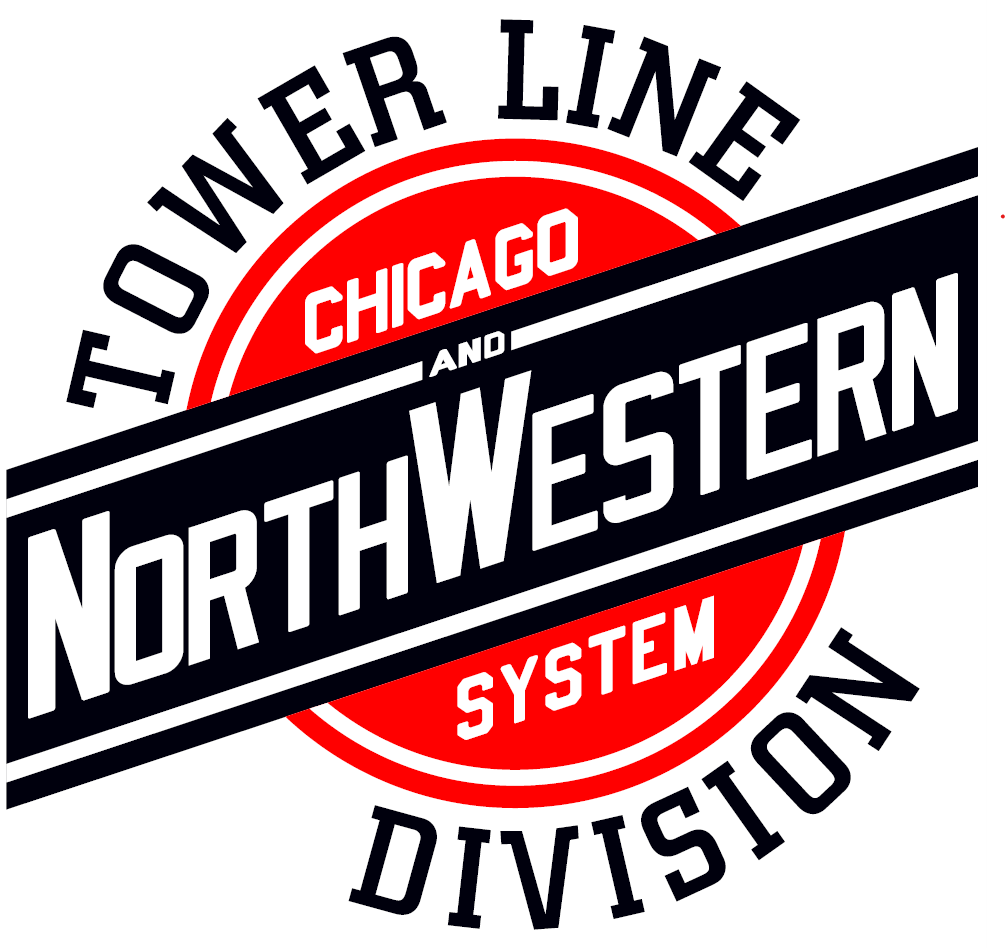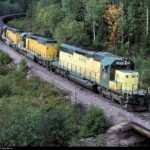Since I started my design journey. I have collected the “must have”, “nice to have”, and the “hell no” items. Since then, I have estblished this guideline for myself to help stream line my decision process.
I will be updating this guide over time. Pleae feel free to leverage anything or nothing.
Tracks by type
Mainline: “Single Track”
It generally refers to a route between towns, as opposed to a route providing suburban or metro services.
- Min Radius 20’
- Min Switch R6 Switches
- Two major bridges “parade routes to showcase, take pictures, and create focus”
- Mostly single track
- Must haves: Wye (rail)
- Two major sidings to manage trains.
Branch Line “single track”
A branch line is a secondary railway line which branches off a main line.
Branch lines may serve one or more industries, or a city or town not located on a main line.
Branch lines may also connect two or more main lines.
- Min Radius 16’
- Min Switch R4 Switches
- Classification Yards
Spurs
A very short branch line may be called a spur line.
- Min Radius 8’
- Min Switch R4 Switches
- Fiddle Yard
Tunnel / Portal Clearances
Track spacing is measured from center to center of the rail.
Single Track
- Tunnel Height 10″
- Tunnel Width 6″ when in straights
- Tunnel Width 7” inside curves 6 ½” on the outside
Double Track
- Tunnel Height 10″
- Tunnel Width 10″ when in straights
- Tunnel Width 11” inside curves 10 ½” on the outside
- Track Spacing 6.5” Strait
- Track Spacing 7.25” Sharp Radius < (24”)
- Track Spacing 7.25” Medium Radius < (30”)
- Track Spacing 7.25” Wide Radius > (48”)
Design Tools
Drawings can be made with pencil on paper or on a computer using software designed specifically for model railroads:


